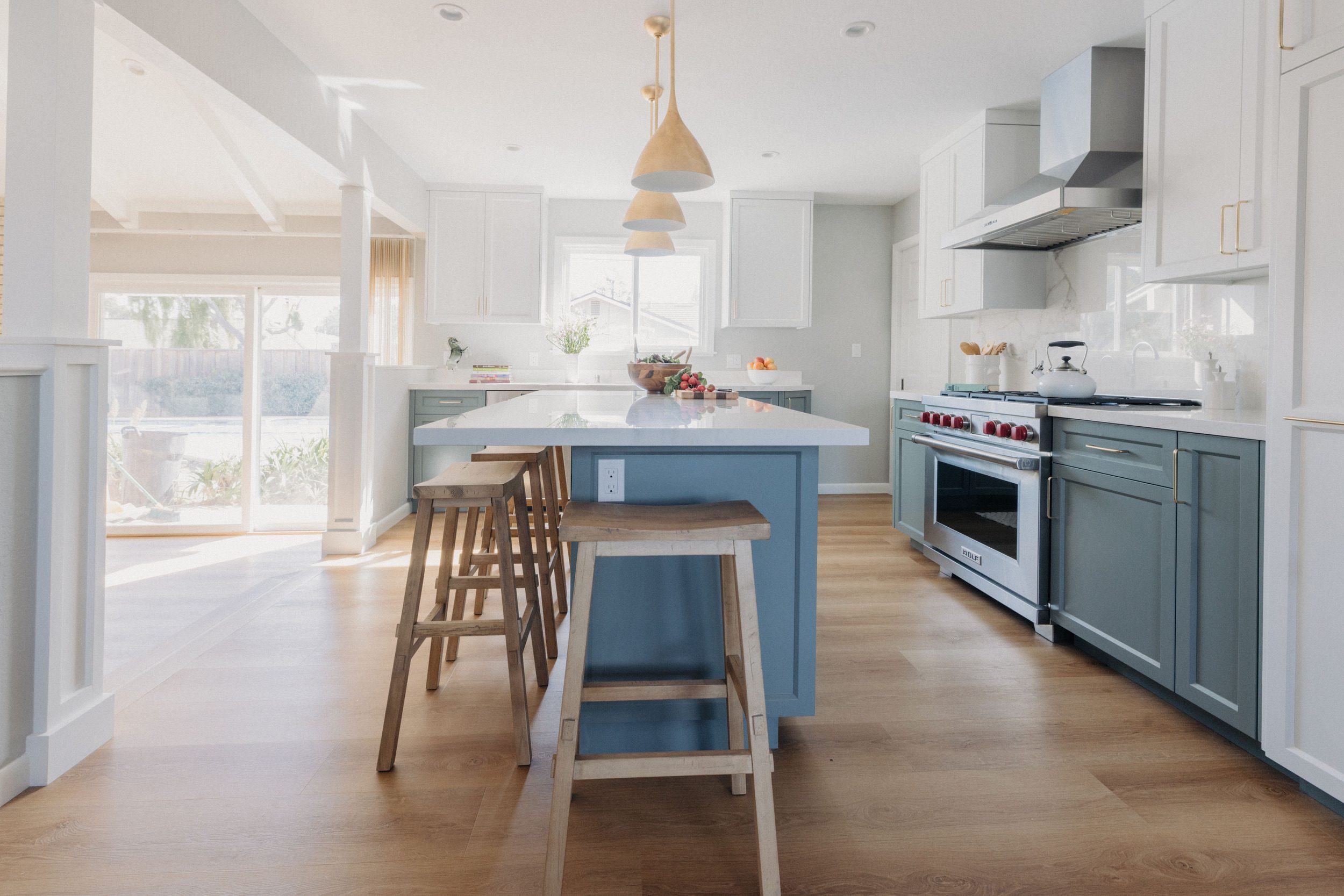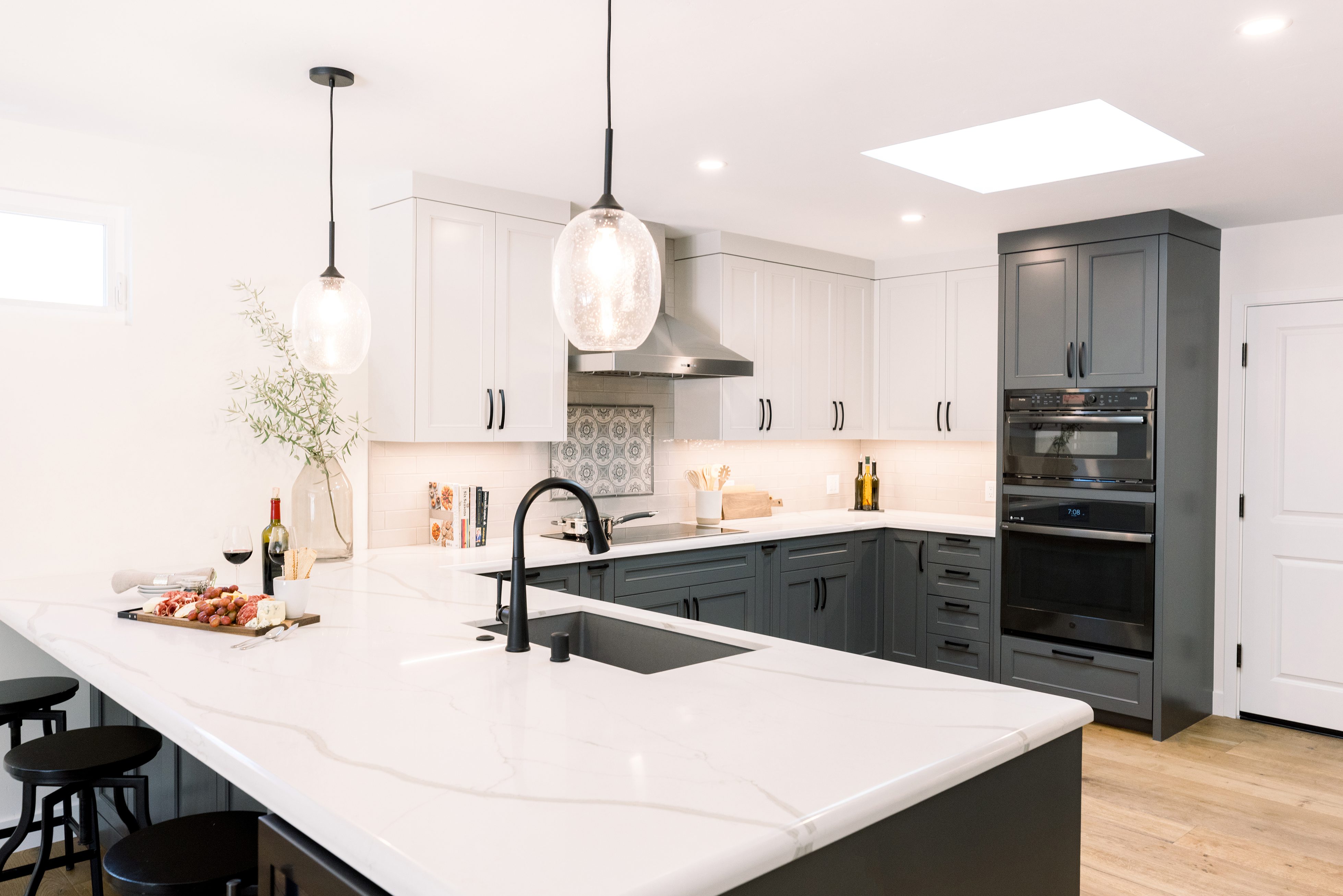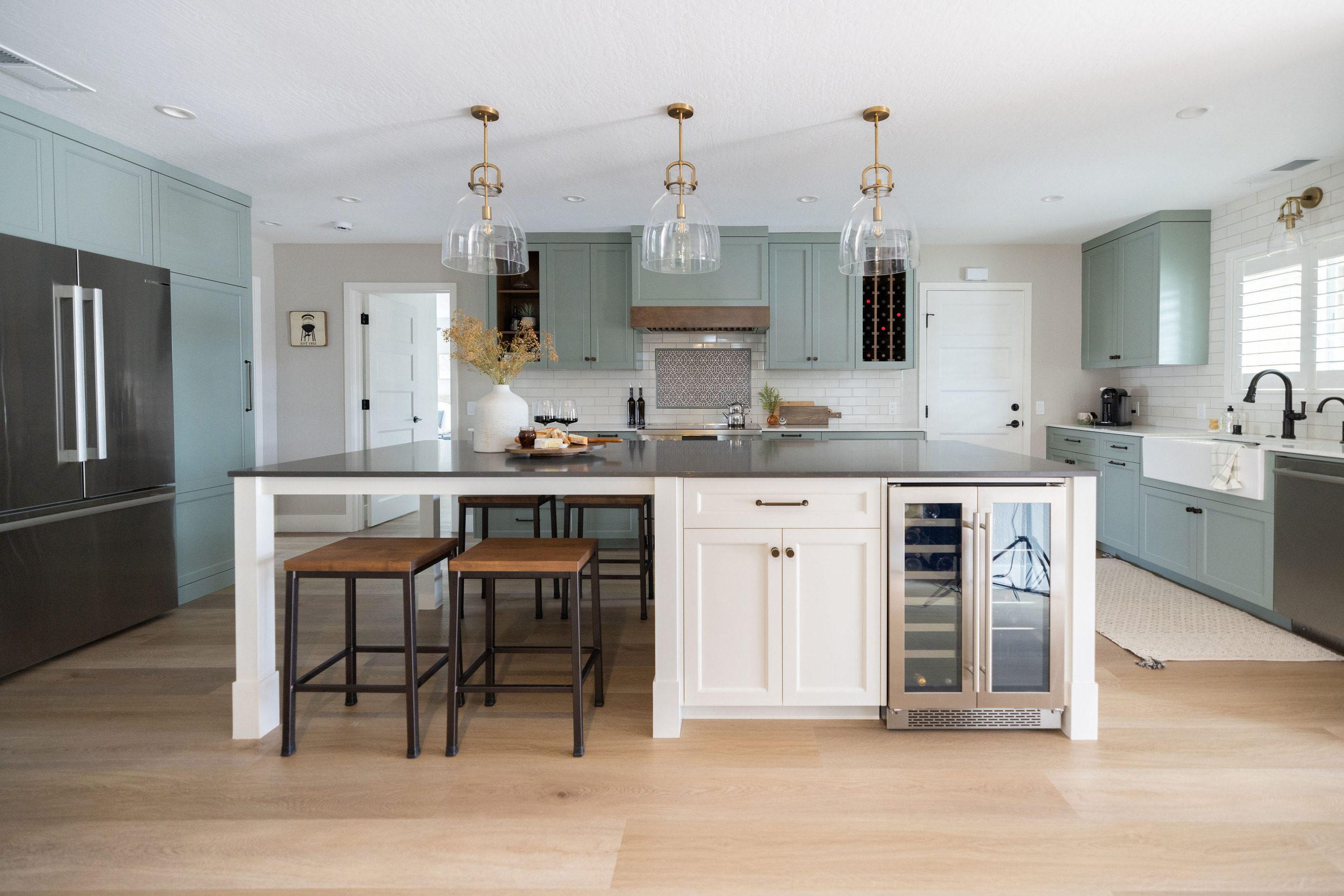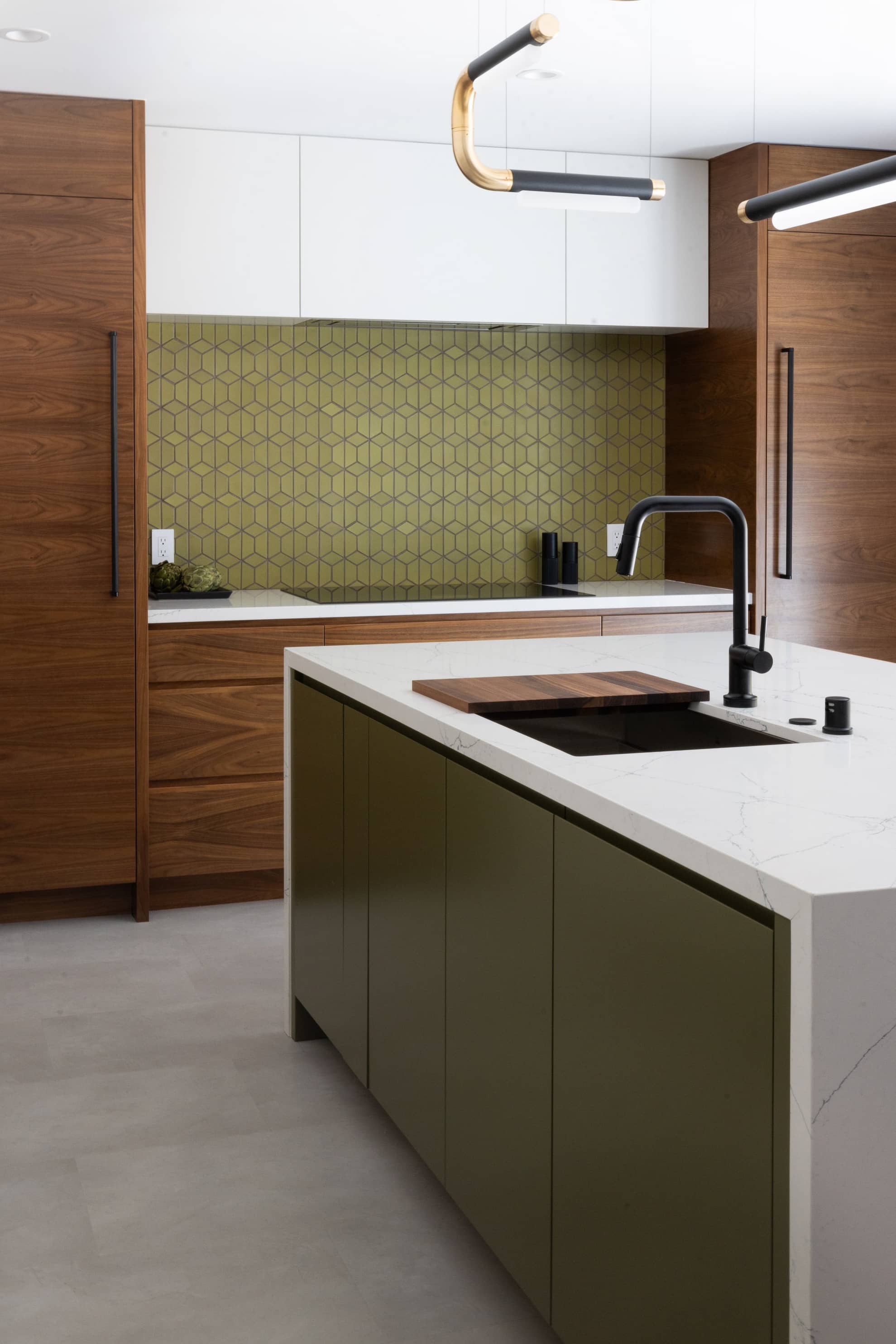Lighting Your Kitchen: Techniques for a Brighter, Better Space
A well-lit kitchen is the heart of a functional and inviting home. Whether you’re cooking, entertaining, or simply enjoying a meal with family, the right lighting can make a significant difference. In this guide, we’ll explore the essential techniques for illuminating your kitchen effectively, covering task lighting, ambient lighting, and accent lighting. We’ll also offer tips on selecting the best fixtures and bulbs to enhance both functionality and ambiance.

Task Lighting: Precision and Clarity
Task lighting is all about functionality. It focuses on areas where specific activities take place, such as the countertops, stove, and sink. Proper task lighting ensures you have sufficient light to prepare meals safely and efficiently.

Tips for Task Lighting:
1. Under-Cabinet Lights:
These are ideal for illuminating countertops. LED strips or puck lights installed under cabinets provide focused light exactly where you need it.
2. Pendant Lights:
Hanging pendants over an island or breakfast bar not only offer task lighting but also add a decorative element. Choose fixtures that direct light downward for maximum effectiveness.
3. Recessed Lighting:
Strategically placed recessed lights can provide targeted lighting for work areas. Ensure they are positioned directly above key workspaces to avoid shadows.
Ambient Lighting: Setting the Scene
Ambient lighting provides the overall illumination for the kitchen, creating a warm and welcoming atmosphere. This type of lighting fills the room with a comfortable level of brightness, allowing you to move around safely.

Tips for Ambient Lighting:
1. Ceiling Fixtures:
Flush-mount or semi-flush-mount ceiling lights are excellent for general illumination. Choose fixtures that match your kitchen’s style, whether it’s modern, traditional, or eclectic.
2. Recessed Lighting:
In addition to task lighting, recessed lights can be used throughout the kitchen to ensure even distribution of light. Use dimmers to adjust the intensity based on the time of day or activity.
3. Natural Light:
Maximize natural light by using sheer window treatments or no treatments at all. Skylights and larger windows can significantly enhance the ambient lighting.
Accent Lighting: Adding Drama and Depth
Accent lighting highlights architectural features, décor, or specific areas within the kitchen, adding depth and visual interest. It’s the finishing touch that makes your kitchen feel complete.

Tips for Accent Lighting:
1. Cabinet Lighting:
Installing lights inside glass-front cabinets showcases your dishware and adds a soft glow. LED strip lights are a popular choice for this purpose.
2. Toe-Kick Lighting:
Adding lighting at the base of your cabinets or island can create a floating effect and serve as a nightlight.
3. Decorative Fixtures:
Chandeliers or artistic pendant lights can serve as focal points, adding character and style. Choose pieces that complement your kitchen’s design.
Selecting Fixtures and Bulbs
The type of fixtures and bulbs you choose plays a crucial role in the effectiveness of your kitchen lighting.
Fixtures:
– LED Lights: LED fixtures are energy-efficient, long-lasting, and come in a variety of styles. They’re perfect for all types of kitchen lighting.
– Dimmable Lights: Dimmers allow you to adjust the brightness, providing flexibility for different tasks and moods.
Bulbs:
– Color Temperature: Opt for bulbs with a color temperature between 2700K to 3000K for a warm, inviting glow. For task lighting, you might prefer a slightly cooler temperature (3000K to 4000K) for better visibility.
– Lumens: Ensure your bulbs provide enough lumens (brightness) for each area. Task areas may need brighter bulbs (800-1000 lumens), while ambient and accent lighting can be softer (400-600 lumens).
Effective kitchen lighting combines task, ambient, and accent lighting to create a space that is both functional and aesthetically pleasing. By selecting the right fixtures and bulbs, you can enhance your kitchen’s usability and ambiance. Whether you’re prepping dinner, hosting friends, or enjoying a quiet breakfast, the right lighting will make your kitchen a brighter, better space.
Of course, feel free to contact our team of experts. We’re here to help you illuminate your kitchen in the best possible way. Happy lighting!


